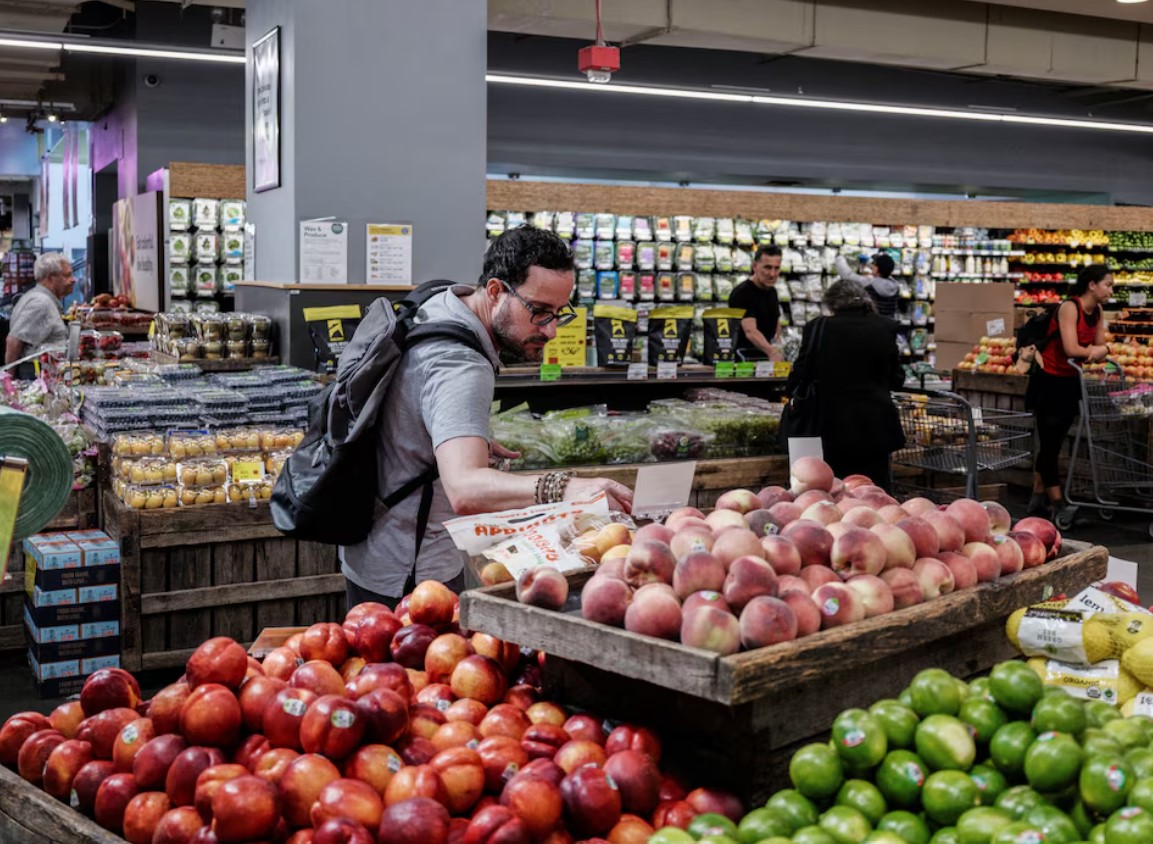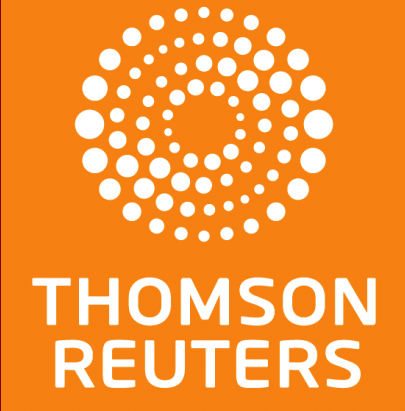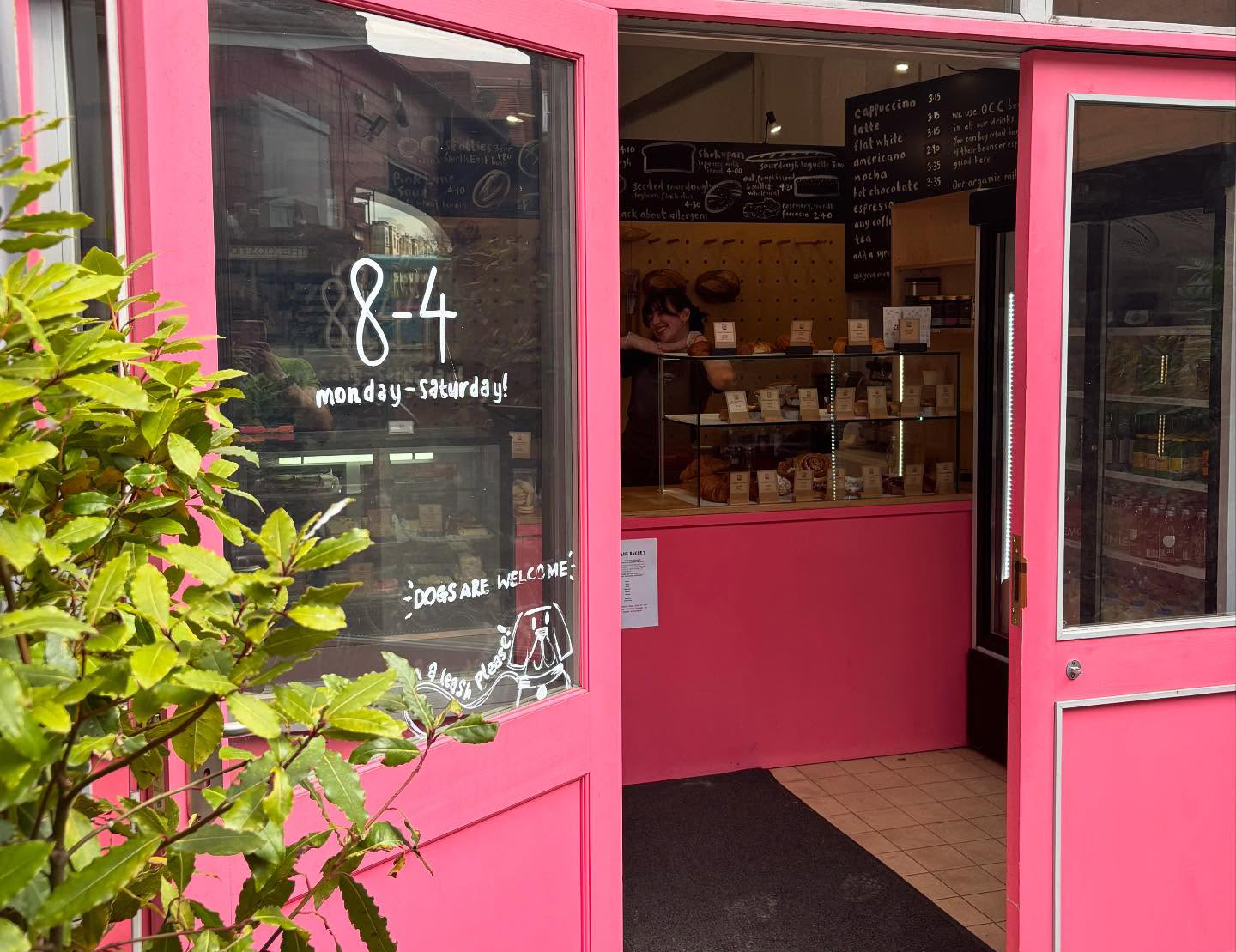US producer prices unexpectedly fell in August amid a compression in trade services margins and mild increase in the cost of goods, suggesting that domestic businesses were probably absorbing some of the tariffs on imports.
The lack of strong producer price pressures, despite import duties, could also be signaling softening domestic demand against the backdrop of a struggling labor market. The Federal Reserve is expected to cut interest rates next Wednesday, with a quarter-percentage-point reduction fully priced in, after pausing its easing cycle in January because of uncertainty over the impact of President Donald Trump’s sweeping tariffs.
“Inflation barely has a heartbeat at the producer level which shows the tariff effect is not boosting across-the-board price pressures yet,” said Christopher Rupkey, chief economist at FWDBONDS. “As time goes on one has to wonder if there are slow-growth reasons and weak economic demand that is keeping inflation in check. There is almost nothing to stop an interest rate cut from coming now.”
The Producer Price Index for final demand dipped 0.1 per cent last month after a downwardly revised 0.7 per cent jump in July, the Labor Department’s Bureau of Labor Statistics said this week. Economists polled by Reuters had forecast the PPI would advance 0.3 per cent after a previously reported 0.9 per cent surge in July.
A 0.2 per cent drop in the prices of services accounted for the fall in the PPI. That followed a 0.7 per cent rebound in July. Services were last month held down by a 1.7 per cent decline in margins for trade services, reflecting a 3.9 per cent decrease in margins for machinery and vehicle wholesaling.
But the cost of services less trade, transportation and warehousing increased 0.3 per cent while prices for transportation and warehousing services shot up 0.9 per cent.
Portfolio management fees increased 2.0 per cent. Airline fares rose 1.0 per cent while the cost of hotel and motel rooms increased 0.9 per cent. Prices for dental services accelerated 0.6 per cent.
Goods prices edged up 0.1 per cent after increasing 0.6 per cent in the prior month. Food prices gained 0.1 per cent, with declines in the costs of eggs and fresh fruits partially offsetting more expensive beef and coffee because of tariffs. Wholesale beef prices surged 6.0 per cent while those for coffee vaulted 6.9 per cent.
Energy prices fell 0.4 per cent. Excluding the volatile food and energy components, producer goods prices rose 0.3 per cent after climbing 0.4 per cent in July, indicating some pass through from tariffs. In the 12 months through August, the PPI increased 2.6 per cent after climbing 3.1 per cent in July.
Economists are expecting price pressures from tariffs to lift consumer inflation in August.
US stocks opened higher. The dollar eased against a basket of currencies. US Treasury yields fell.
Labor market weakness has raised concerns that the economy was stagnating. The government estimated this week that the economy likely created 911,000 fewer jobs in the 12 months through March than previously estimated.
That data followed the recent release of the monthly employment report, which showed job growth almost stalled in August and the economy shed jobs in June for the first time in four and a half years.







Click here to change your cookie preferences